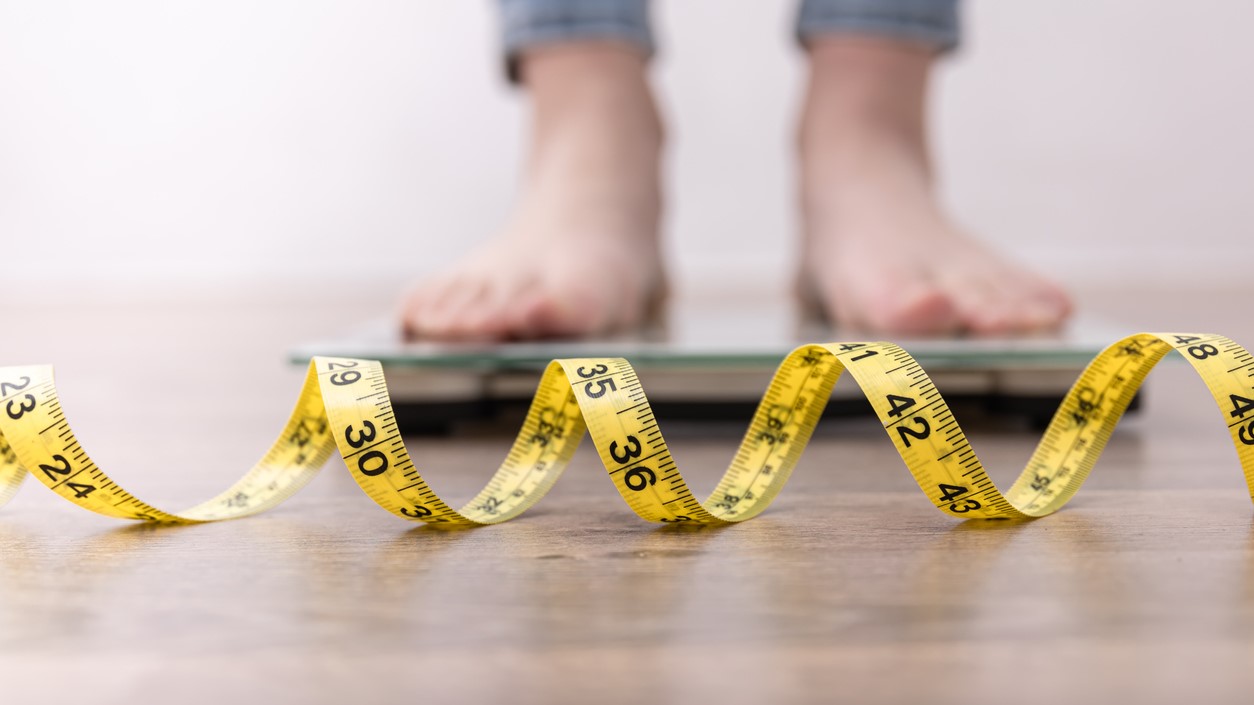Why are eating disorders on the rise?
Content warning: In support of trauma-informed communications, please be aware that this message contains topics that may be activating for some community members. The Confidential Advocacy Program can be reached 24/7 by calling 833-495-2277. Additional resources for OHSU members are available here.

Eating disorders are more common than many think. According to the National Eating Disorder Association (NEDA), 28.8 million people in the United States will experience an eating disorder in their lifetime. They can affect anyone, regardless of age, race or gender. However, data shows eating disorders are twice as prevalent among females than males. Transgender and nonbinary people also experience eating disorders at higher rates.
Eating disorders are now on the rise worldwide. Between 2000 and 2018, prevalence more than doubled (3.4% to 7.8% of all people).
Every March, we recognize National Eating Disorders week. This year, we took the opportunity to talk with dietitians Christie Naze, R.D., C.D.C.E.S., and Laine Lum, M.S., R.D., L.D., about what might be at the root of this concerning trend.
“I am getting a lot more referrals specifically for disordered eating patterns and possibly eating disorders,” says Lum, who works with adult patients at the OHSU Center for Women’s Health. For Lum, part of her responsibility is to determine where she can help patients with nutrition counseling and where she needs to connect patients with counselors or other mental health providers.
“We live in an environment that makes people not feel confident in their bodies,” says Naze. “Our goal is to promote an approach that reduces weight stigma and to help people find peace with their relationship to food. As a dietitian, that’s what I care most about.”
Disordered eating vs eating disorders
Disordered eating and eating disorders have some overlap, but they are not exactly the same.
Disordered eating refers to eating patterns that may be abnormal, but they do not meet the clinical criteria for an eating disorder. Behaviors may include avoiding certain food groups, eating for reasons other than hunger (stress, boredom), or restricting calories for a limited time.
An eating disorder is a clinical diagnosis. It may come with obsessive thoughts about food, significant weight changes or extreme exercising, purging or calorie monitoring. The most common types of eating disorders are anorexia nervosa, bulimia nervosa and binge eating disorder. Other eating disorders include Avoidant Restrictive Food Intake Disorder (ARFID) and orthrexia. These conditions can be serious and life-threatening. Of all mental health conditions, anorexia nervosa has the highest death rate.
Causes of eating disorders
Some attribute eating disorders to cultural expectations surrounding body weight and size. They point to media, fashion and other outlets that promote unrealistic ideals. In some cases, eating disorders can have a genetic component. At other times, anxiety, depression or a difficult life event or trauma can trigger an eating disorder.
Whatever the cause, it is important to seek treatment. All eating disorders can cause serious medical problems, such as nutritional deficiency, bone loss, heart disease and more.
The impact of social media
Researchers have spent many years studying the impact of traditional media on perceptions of body image and weight. More recently, researchers think social media has played an increasing role.
“With social media, there are so many ways for people to feel inadequate,” says Naze. “People who identify as women are disproportionately affected, and it starts at younger ages.”
For example, a 2021 New York Times article reports studies show that within 30 minutes of joining TikTok, a 13-year-old user can encounter content related to eating disorders and self-harm. YouTube, Facebook, Instagram and others have all struggled to monitor content. And yet, these and other social media platforms are increasingly popular with young users.
Mental health during the pandemic
Another major shift that may have played a part in the rise in eating disorders is the COVID-19 pandemic. In 2020, many people experienced sudden disruptions to their routines. For example:
- For some, working from home meant near-constant access to food.
- Social eating dropped while delivery services rose.
- Many people stayed home more or got less exercise.
These sudden changes impacted how people related to food, exercise and their bodies.
At the same time, the pandemic shifted how we talk about mental health. More people began to speak openly about their feelings of anxiety, stress and the overwhelm. The overall demand for mental health services went up, including eating disorders. In March and April of 2020, the National Eating Disorders Association saw a 75% rise in messages to their helpline, compared to the same window the previous year.
Lum suggests it may be a combination of these factors that have brought more people through her doors. The cultural messages people receive from traditional and social media can be harmful while people are also more likely to seek services. “Two things can exist at the same time,” she says. “There is a thin bias AND we can be in a culture that is more openly discussing mental health challenges.”
Eating disorders need intervention
If you have concerns about your eating, the first step is to reach out to your provider.
Lum and Naze both stress that finding a professional to safely address concerns about nutrition, eating and overall health is critical. Treatment may involve nutrition counseling, therapy or a combination of the two.
“When patients come see me, I create a safe space for them to discuss it with me,” says Lum. “What I can do is start with the questions. Tell me what your concerns are, what brought you here.”
“Sometimes it gets to things they need a supportive therapist to work through with them,” she adds. “Having a counselor and doing that deep work is incredibly important.”